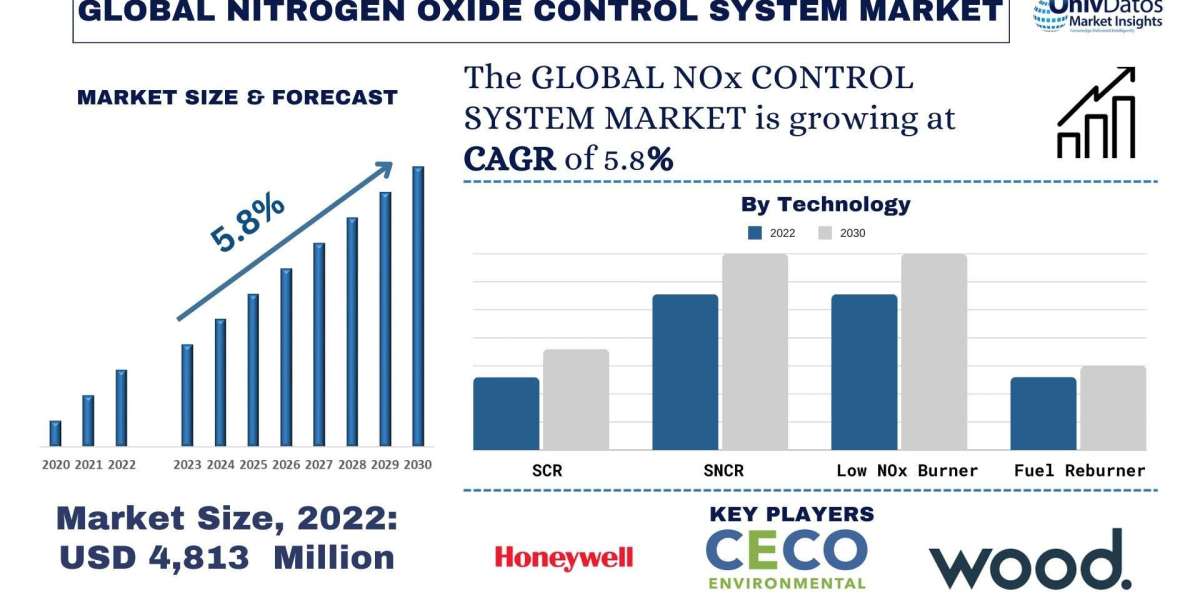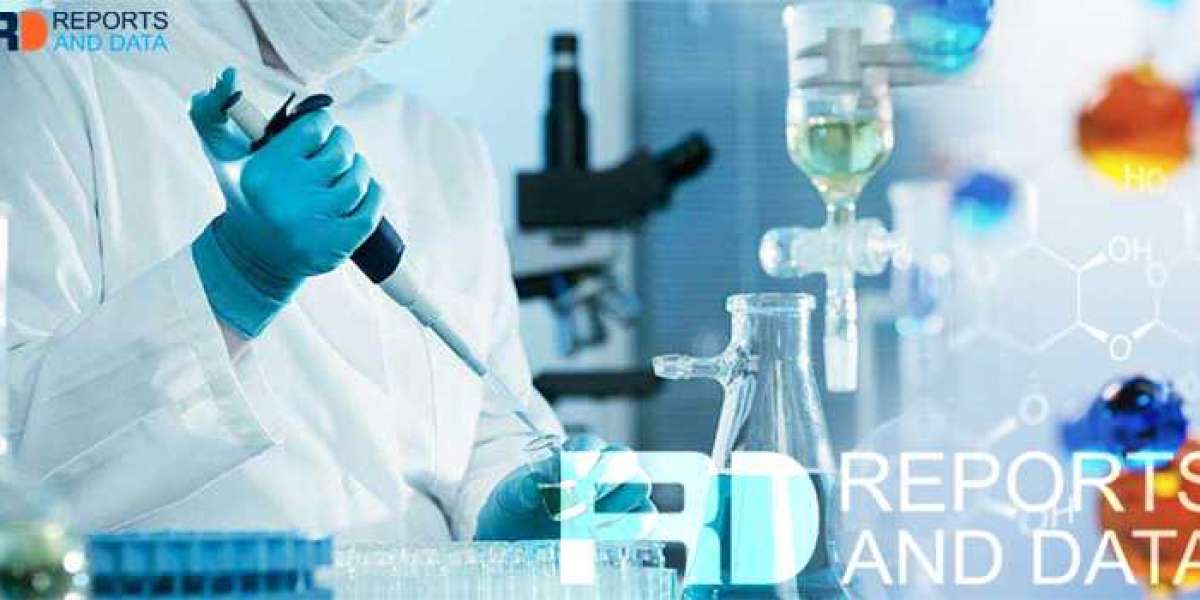The global Agriculture Autonomous Robots Market was valued at $3.92 billion in 2021 and is projected to reach $10.50 billion in 2027, growing at a CAGR of 19.16% during the forecast period 2022-2027. The growth in the global agriculture autonomous robots market is expected to be driven by increasing demand for food and the growing need for precision, digital, and smart agriculture practices.
Market Lifecycle Stage
The agriculture autonomous robots market is still in an evolving phase. Increased research and development activities are underway to develop agriculture autonomous robotic technologies and products, which are expected to increase due to the increased demand for food and the need for automation in the agriculture sector.
Increasing investment in smart agriculture is one of the major opportunities in the global agriculture autonomous robots market. Moreover, agriculture autonomous robot technologies also help in reducing crop losses due to undetected pest infestation and diseases. The agriculture autonomous robots also facilitate the safe and quality harvesting and picking of crops including fruits and vegetables.
Impact
- With an increased worldwide focus on achieving the global food demand, the shift to digital, smart, and data-driven products in the agriculture sectors brings significant sales and financing opportunities. The shift is more prominent in automation and robotics segments in regions such as North America and Europe.
- Furthermore, agriculture autonomous robots have a moderate to high impact on crop protection systems to reduce crop losses due to crop diseases and pest infestations.
Impact of COVID-19
In the wake of the pandemic, labor shortages have caused disruptions in the agricultural processes, thereby leading every country to re-emphasize food security and increase domestic food production. With an aim to solve labor shortages, the increased application of automated technologies such as sensors, data analytics, robotics, and others have been introduced into the production system. Each country continued to promote policies on increasing the adoption of agriculture autonomous robots techniques, which have proved to be the appropriate solution.
Market Segmentation:
Segmentation 1: by Application
- Crop Monitoring
- Inventory Management
- Harvesting and Picking
- Dairy Farm Management
- Others
Dairy farm management is one of the major applications of agriculture autonomous robots owing to the high adoption of milking robots in Europe and North America.
Segmentation 2: by Product
- Weeding Robots
- Crop Harvesting Robots
- Milking Robots
- Others
The milking robots segment is expected to grow at a CAGR of 20.34% during the forecast period 2022-2027 due to the rising use of automation in dairy farms. These robots increase the efficiency of farm operations by reducing the overall cost. Hence, farmers are inclining toward adopting milking robots and reducing dependence on manual labor.
Segmentation 3: by Region
- North America - U.S., Canada, and Mexico
- Europe - Italy, Germany, France, and Rest-of-Europe
- China
- U.K.
- Asia-Pacific- Japan, India, South Korea, and Rest-of-Asia-Pacific
- Rest-of-the-World - South America, Middle East and Africa
North America generated the highest revenue of $1.33 billion in 2021, which is attributed to the RD advancements and supporting government regulations in the region. Europe is an attractive region for the agriculture autonomous robots market because of the availability of the different market fragments.
Recent Developments in Global Agriculture Autonomous Robots Market
- In April 2022, Verdant Robotics announced a robotic solution for farms that can help in spraying and weeding simultaneously with the help of machine learning, AI perception, and robotics technology.
- In December 2021, Lely collaborated with Dutch based Connectera B.V. With this collaboration, Lely aims to use Connecterra B.V.’s advancements in machine learning and artificial intelligence to provide more insights to farmers. Also, the technologies aid in integrating farm technologies with artificial intelligence for developing farm management systems.
- In October 2021, BouMatic acquired SAC Group, a well-reputed full-line producer of complete milking systems for cows, sheep, and goats. This acquisition is expected to aid BouMatic in expanding its global presence and product catalogue.
- In November 2020, Robert Bosch GmbH and BASF SE began a joint venture for digital technologies in the agricultural sector. They jointly developed a smart spraying technology to apply herbicide on weeds without spraying unaffected areas of crops.
- In October 2020, AGCO Corporation announced the launch of Fendt Xaver, which comes with an embedded solution developed by the AGCO Group and a seed unit for precision planting. It is equipped with the Vario Guide Lane guidance system, which controls the robot with centimetre accuracy.
Demand – Drivers and Limitations
Following are the demand drivers for the agriculture autonomous robots market:
- Growing Focus on Environmental Sustainability
- Aging Workforce Leading to Skill Shortage
- Escalating Adoption of Precision Agriculture Technologies
The market is expected to face some limitations too due to the following challenges:
- High Initial Investment and Cost
- Less Adoption among Small-Scale Farmers
Get Free Sample - https://bisresearch.com/requestsample?id=1346type=download
Key Market Players and Competition Synopsis
The companies that are profiled have been selected based on inputs gathered from primary experts and analyzing company coverage, product portfolio, and market penetration.
The top segment players leading the market include crop monitoring and dairy farm management, which capture around 65% of the presence in the market. Players in other technologies, such as inventory management, and harvesting and picking, account for approximately 35% of the presence in the market, as of 2021.
Some of the prominent names established in this market are:
- AGCO Corporation
- Agrobot
- BouMatic
- DAIRYMASTER
- Deere Company
- Ecorobotix SA
- GEA Group Aktiengesellschaft
- KUBOTA Corporation
- Lely
- Naio Technologies
- Robert Bosch GmbH
- Saga Robotics AS
- Uniseed
- Verdant Robotics
How can this Report add value to an organization?
Product/Innovation Strategy: The product segment helps the reader understand the different types of agriculture autonomous robots technologies available for deployment in the agriculture sector and their potential globally. Moreover, the study provides the reader with a detailed understanding of the different agriculture autonomous robots by application and by product.
Growth/Marketing Strategy: The global agriculture autonomous robots market has seen major development by key players operating in the market, such as business expansion, partnership, collaboration, and joint venture. The favored strategy for the companies has been product partnerships, joint ventures, and product launches to strengthen their position in the agriculture autonomous robots market. For instance, in November 2020, Robert Bosch GmbH and BASF SE began a joint venture for digital technologies in the agricultural sector. They jointly developed a smart spraying technology to apply herbicide on weeds without spraying unaffected areas of crops.
Competitive Strategy: Key players in the global agriculture autonomous robots market analyzed and profiled in the study involve agriculture autonomous robots manufacturers that provide different products. Moreover, a detailed competitive benchmarking of the players operating in the global agriculture autonomous robots market has been done to help the reader understand how players stack against each other, presenting a clear market landscape. Additionally, comprehensive competitive strategies such as partnerships, agreements, and collaborations will aid the reader in understanding the untapped revenue pockets in the market.
Analyst Thoughts
According to Rakhi Tanwar, Principal Analyst, BIS Research, “The agriculture autonomous robots market has huge potential in the near future, as it is used by farmers, animal feed producers, and dairy farmers. Through a better adoption of autonomous robots in the farming sector, the consumers' demand for agriculture autonomous robots can increase during 2022-2027.”
BIS Research Offerings - https://bisresearch.com/our-offerings/subscriptions
You May Also Like -








